Let's Talk About Next Gen
The only thing I like more than plastic electronic interactive entertainment boxes are new plastic electronic interactive entertainment boxes. It’s 2020, and if there’s anything I learned about 2020 from movies released before I was born, it’s the year of the future, so it will never happen. This can only mean one thing: we are on the verge of the ninth generation of plastic electronic interactive entertainment boxes.
Wake up no more with the thought, “man, I wish there was a 5th PlayStation”, or “there just aren’t enough Xboxes without understandable titles”, because Microsoft and Sony are dropping the Future of gaming into a select minority of gamers’ homes in November. (Yes, I suppose the Nintendo Switch was technically the beginning of the 9th generation, but it’s too adorable, so it does not count. And yes, the Atari VCS is also a 2020 console releasing in November, but neither you nor me recalled that fact until this sentence.)
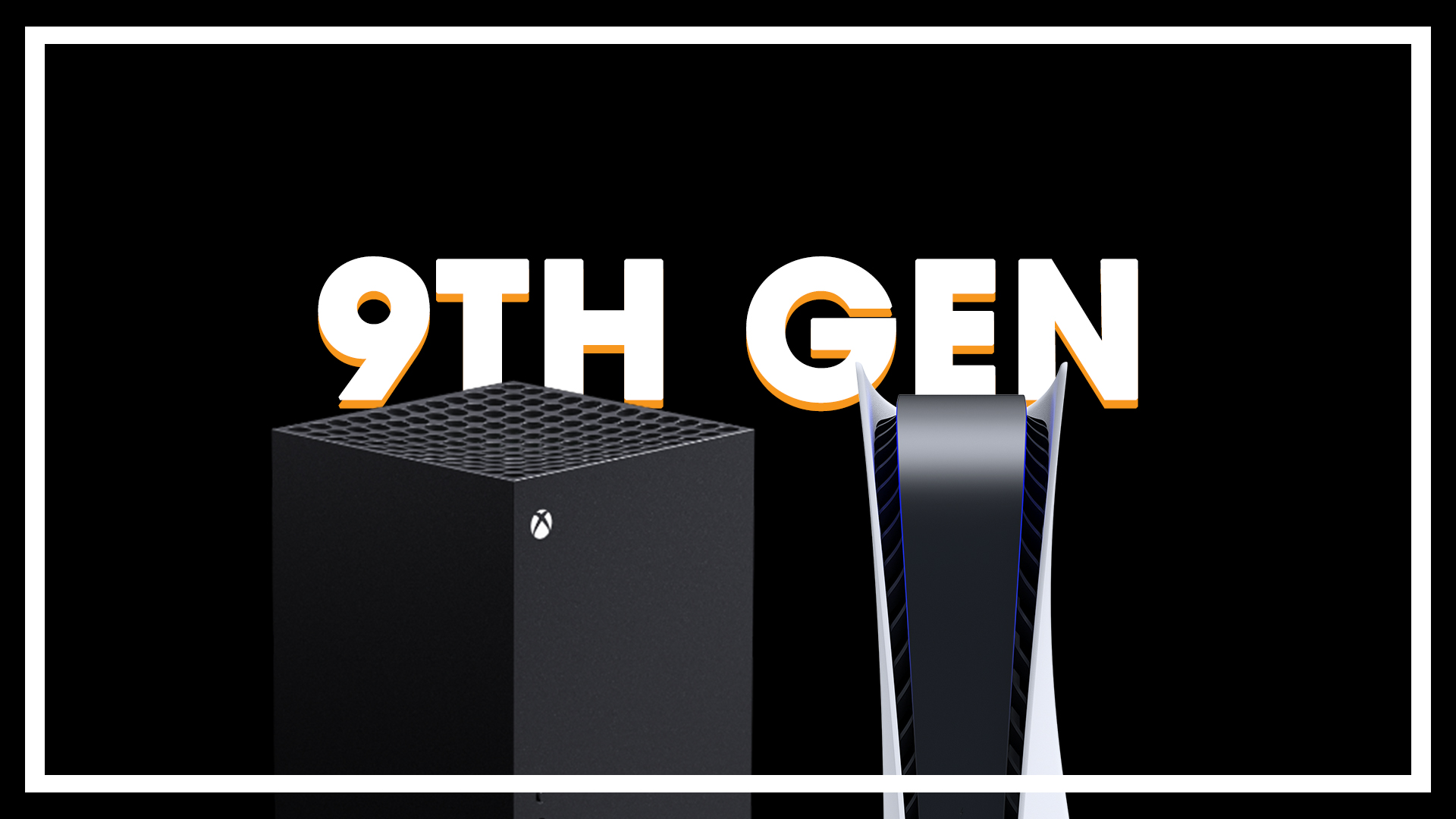
Yes, I’d like to talk about the Xbox Series X|S and the PlayStation 5 today, because I like games, and my enjoyment of said games makes me more than qualified and unbelievably unbiased for talking about this subject. That’s right, I’m not biased, I hate all consoles equally, and my finger-on-the-gaming-industry-pulse lifestyle‒and quick access to Google‒fills me with information perfect for forming thoughts about the present state and future potential of gaming thanks to these glorious plastic boxes.
There’s a surprising amount of stuff that is upcoming with the consoles, even as it seems that both manufacturers are grasping at every second of remaining time to get them out without delay. Thus, let me metaphorically break it all down and piece it together with the glue of my thoughts.
The Boxes
Somehow, this is simultaneously the most exciting and least interesting generation upgrade yet. As technology improves and graphics surpass the point of diminishing returns, the mind-blowing graphical upgrade for each new plastic box ceases its criminal magic trick on the player. However, this gen is hardly putting its full attention towards selling you on polygons, this gen is about speed. Finally, they put solid state drives in the play boxes, meaning there will no longer be loading times that somehow last literal minutes (minutes are sixty seconds long, dude!). For all games in all corners of the world, load times will drop dramatically. Not only that, but the greatly named “load-bearing walls” that recent games featured will no longer be necessary. If you’ve played any recent AAA games, you know what I’m talking about. It’s those thin cracks in walls or cliffs that you walk up to and press a button to squeeze through in order to access the next area, creating the sleight of hand tricking veil of a seamless world hiding the ugly time thief known as a loading screen.

Design-wise, each console is looking slick. My favorite console look of anything currently released has to be the Xbox One X. Its effortless minimalism is perfection to my eyes. Designers at Microsoft kept relatively close to their previous designs with the Series X and S, maintaining sharp corners with texture given by the air vent holes. These are consoles that blend right into a modern entertainment center. Classy and simple, that’s the optimal style according to what I see on Twitter.
Comparatively, PlayStation took a polarizing direction with hardware design, basically making what you’d daydream a “PlayStation 5” would look like while playing on your PlayStation during Christmas 1994. No, if Sony put out a statement in five years that they designed it with the help of an actual time machine to 2050, I would not be surprised. It looks alien, futuristic, and yeah, extremely cool. At its reveal, it was very divisive, but as time continues to go on I suspect that almost everybody will grow to at least tolerate it; I’d even wager that it will age very gracefully.
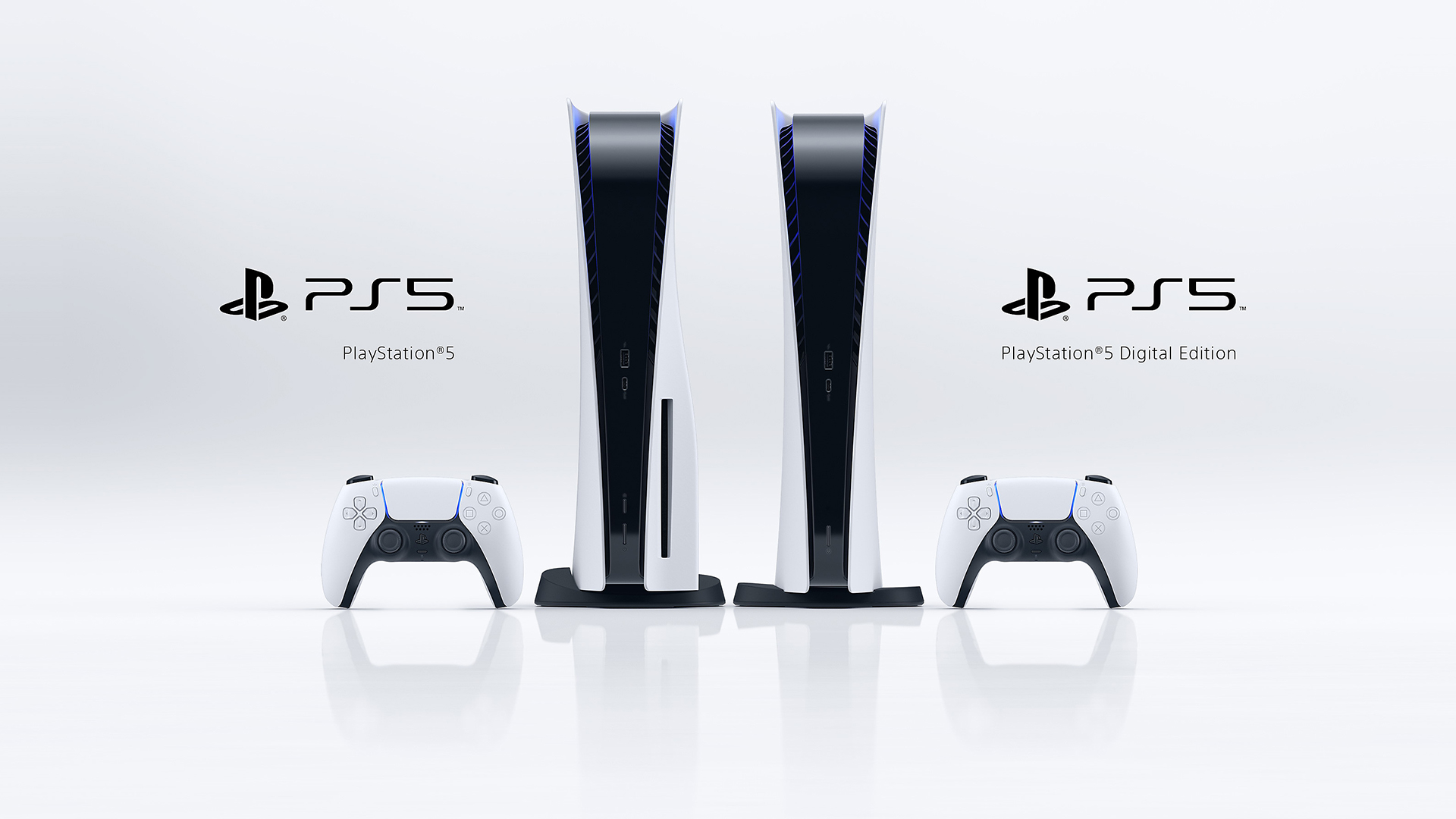
Both machines are coming out swinging with competitive pricing strategies with two distinct SKUs‒standard and all-digital. At $300, the Series S features less flops and no disk drive. At $400, the PlayStation 5 Digital Edition features the same hardware as the standard model, bar the disk drive. Finally, the PS5 and Xbox Series X are coming in at $500 MSRP as the high-end fully-featured options for each. Pricing stategests at both companies have finely tuned this launch with a level of finesse never before seen in this industry. Sony is confident, arrogant, and proud about their position, and they know they don’t need the cheapest box. Microsoft is forward-thinking, competitive, and playing with power, they want everybody to have Game Pass.
Critics of both sides wager that the opposing video game manufacturer should have done the reverse of their current reality. I, the word that matters here, know with the certainty of a dead tree that people much smarter than any gamer work for the marketing teams at Sony and Microsoft. Sony’s favor to have one exactly designed PlayStation 5 works towards their focus on one united place for their united games. Microsoft wants everything to be ‘Xbox’ because everything that is an Xbox has access to Xbox Game Pass. It will not matter than the Series S will run games at a lower resolution, because it is the same price as the Nintendo Switch. That’s the kids’ toy! (And that’s a joke.)
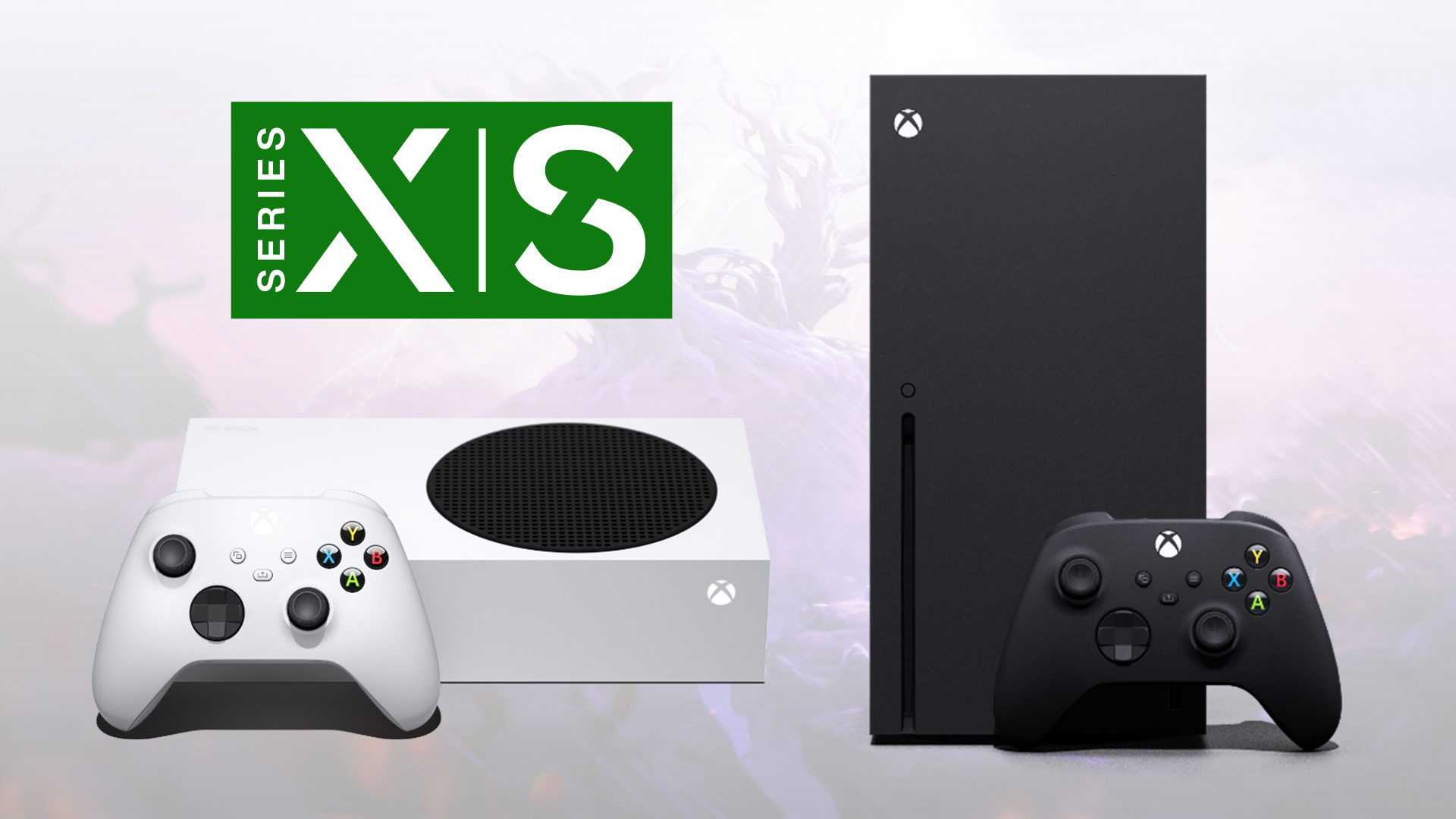
You might be catching onto something here, and hopefully it fills you with the same child-like, game-loving enthusiasm as I: these guys are going in separate, equally good directions. Sony continues on their path of positioning the PlayStation has the console by featuring top-tier exclusives and a relatively-walled garden. Microsoft has been expanding the Xbox brand for the past few years, shifting dramatically from their failure early in the Xbox One’s life cycle. Evident even within the majority of pre-release marketing for the new Xboxes is the industrial-spotlight-sized focus on Game Pass. Xbox is Game Pass now. Microsoft does not care if you buy a new Xbox, as long as you subscribe to Game Pass, which is why they claim to be launching most next gen games in the coming years on the previous gen Xbox One lineup and even all of their first party titles on PC.
Before moving on from hardware, let’s talk controllers. Xbox went with a redefining direction once again and have largely just improved upon the current Xbox controller. They improved the triggers, added their disco-ball D-Pad, implemented a Switch-like share button, and all around bettered the already excellent controller. Personally, I do not care. I own an Xbox Elite Wireless Controller Series 2 so my hands are already locked into a relationship‒our only fear being the Xbox Elite Wireless Controller Series 3.

On the other hands, Sony has broken free from the chains of the DualShock 4, welcoming the DualSense with open hands. I’m talking about hands a lot. That’s where controllers go, if I needed to make that clear. I plan to do the same. This is an exciting controller that introduces haptic feedback (think Nintendo’s HD Rumble), adaptive triggers, built-in mic, USB-type C, all while retaining the light bar, glorious gyroscopic motion controls, and speaker. My old pal, the Nintendo Switch Pro controller, may be getting some feature-level competition. HD Rumble is the best. Gyro is the best. USB Type-C is the best. While critics may write off this controller as a gimmick-riddled, battery-consuming, RGB-infested unnecessary upgrade, I see it as everything good about video games. Developers will utilize this controller to bring new experiences to Sony players thanks to its new capabilities and I cannot wait to see what they do. If you’re a developer out there, I implore you to implement haptic feedback, adaptive triggers, gyroscopic aiming, and subtle mic/speaker usage into every literal corner of every game. Don’t listen to the haters.
The Sky Boxes
Another pillar of Xbox is their xCloud streaming service. Is it even called ‘xCloud’ anymore? I felt as if that was repeated to me enough that it was a real name, but now that it has exceeded beta, the Game Pass app seemingly forgot the legacy of ‘xCloud’ in favor of the generic ‘Cloud Gaming.’ Microsoft, please bring back xCloud. I loved it. Anyway, the cloud gaming feature within Game Pass Ultimate allows games to be played anywhere (anywhere is currently defined as ‘just Android,’ but it will be on all of your non-restrictive screens eventually, given that your anywhere has high-speed internet access.). If you have a Bluetooth controller and one dollar, you have access to over a hundred Xbox games portably. While acting as a low-priced gateway to the Xbox ecosystem, it also stands as the Nintendo Switch competitor.
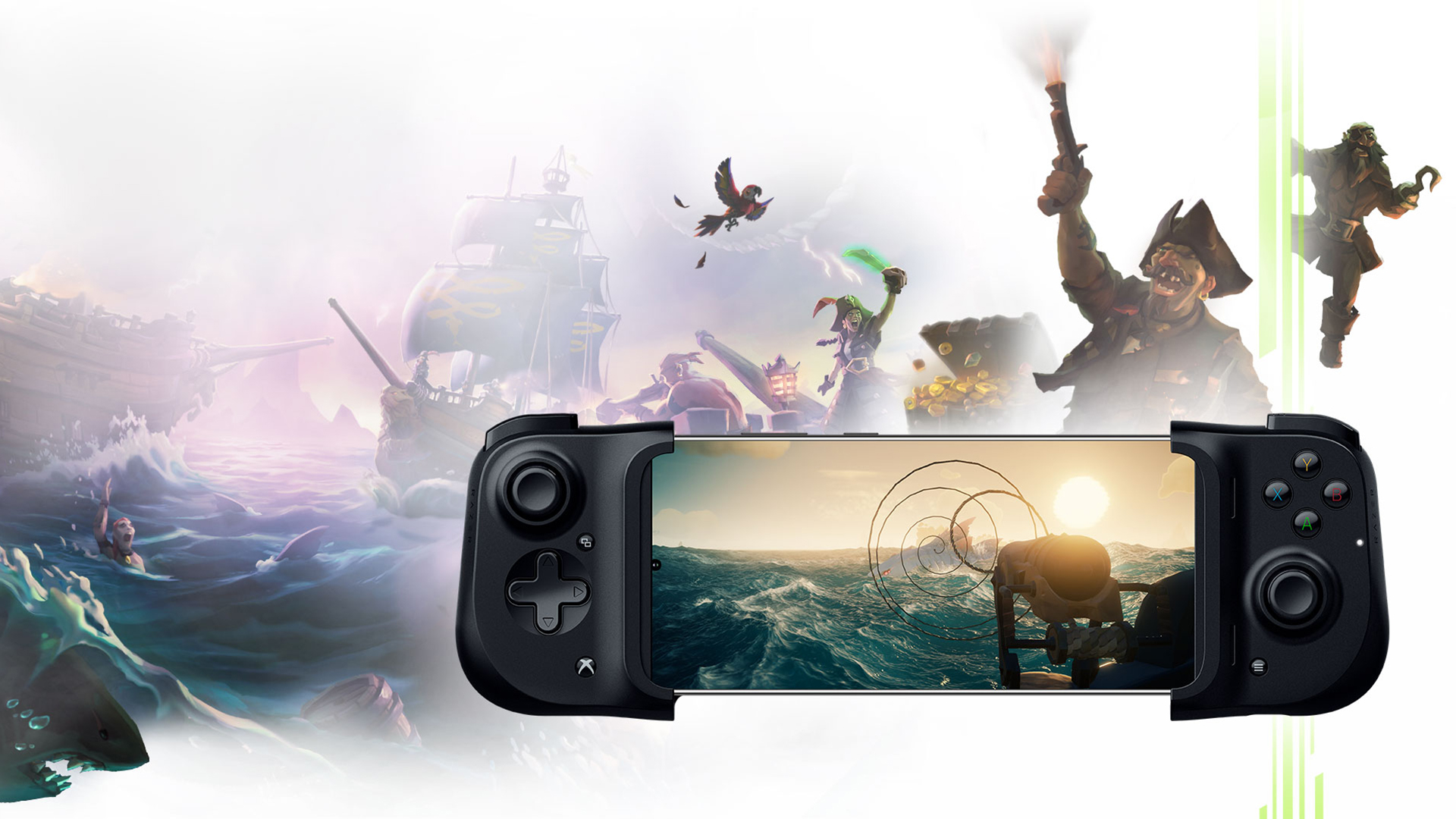
Cloud gaming is going to keep growing over the coming generation, whether gamers like it or not. Sony also has a streaming service known as PS Now to stream some games on PC, but it is much more limited as far as I can tell; players seem to have written it off in its current state. Google’s Stadia is definitely out there doing its thing. GeForce Now is a great option for PC players. Amazon’s Luna service is a beautiful example of a company desperately trying to use gamers to expand their server infrastructure. As everything progressively grows to subscription models and drift out into new service after new service, the gaming industry is following like entertainment’s little brother. Hopefully cloud gaming does not eventually replace a tangible console generation ever; we can, however, watch in terror as the new streaming services section off the content that you previously believed you loved. Realistically, it is not all Doom and gloom, because gaming is also furthering its “Hollywood-ificiation” as media conglomerates pick up their smaller friends, building into a select number of massive studios instead of many medium studios.
Microsoft bought ZeniMax Media, they own Bethesda‒Doom is a Microsoft game. While the deal will not be finalized until next year, this landmark news story should be pointing gamers to the reality that is massive studio acquisitions. It comes with both positives and negatives that are too big of a topic, thus I have chosen not to expand on it here, but the shock of these types of industry deals should be lessening their impression. We will no doubt see many more studios combine and be taken under the wing of the giant publishers during the course of the coming generation.
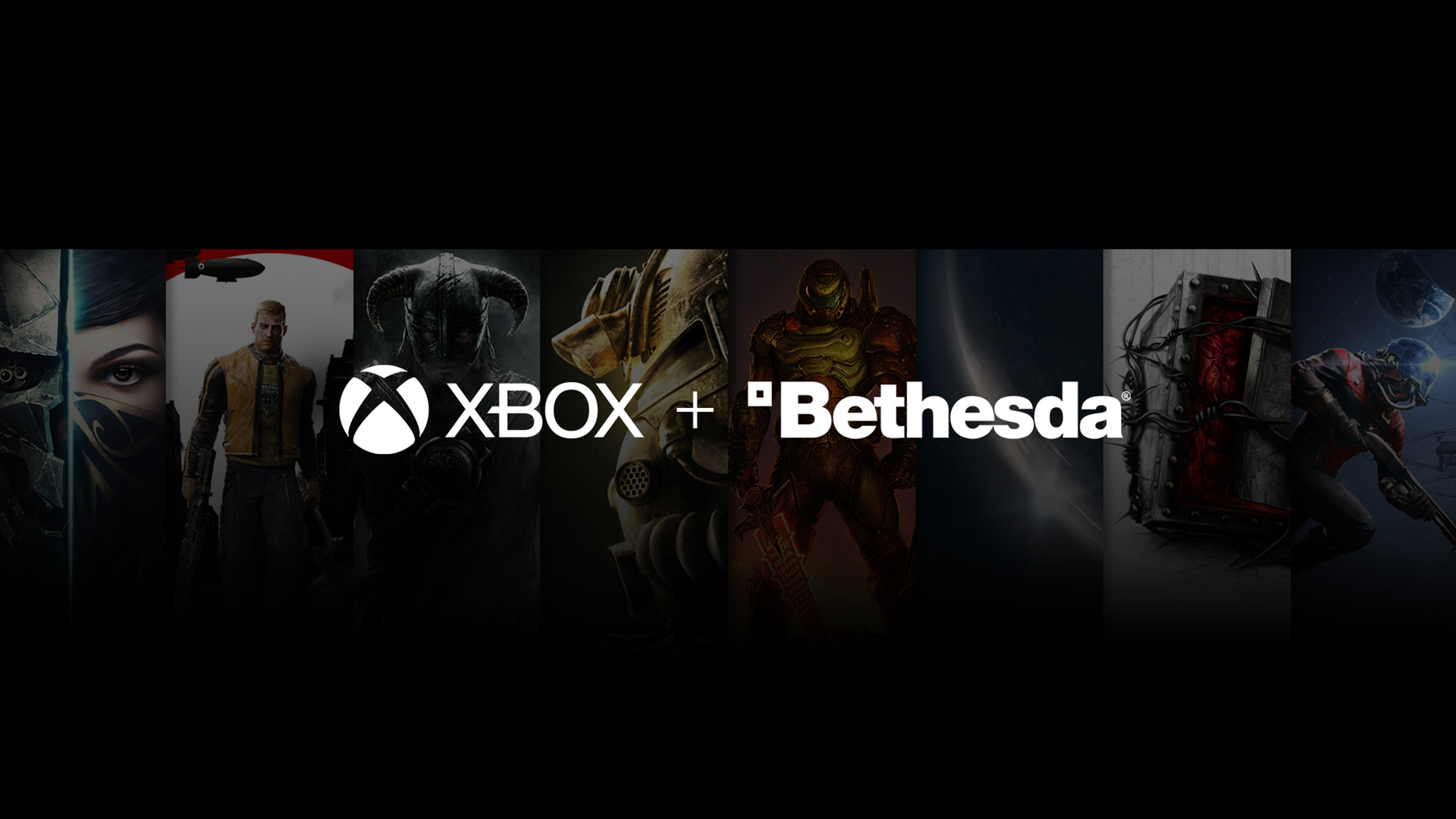
While I’m here discussing likely possibilities due to the changing climate, I’ll point out that this is more than likely the last generation where you get to own your games. My instinctual knowledge tells me that if Sony had it their way, there would not have been a PlayStation 5 with an optical drive. In 10 years, there will not be a PlayStation 6 with an optical drive. The future is heading towards all digital, and alongside that is the looming cloud of streaming. I doubt a time where all games must be acquired through a subscription is anywhere near, but the debate of real ownership over digitally licensed content is going to continue to stir for a long while.
The Games and More
Who even cares about them consoles when the real stuff is what they can do: hopefully play games. This generation more than ever, due to the new console capabilities, backwards compatibility and optimization are being leveraged to mostly carry the consoles on their backs. These consoles have many high profile launch window games and do indeed have launch titles. Spider-Man Miles Morales, Demon’s Souls, Godfall, Assassin’s Creed Valhalla, Yakuza: Like a Dragon, Sackboy: A Big Adventure, Cyberpunk 2077, and even a Destiny 2 expansion are among the titles that are showcasing the new hardware. And yet, because most of these games are not exclusive to new hardware, there is very little force pushing people into buying the new boxes.

These are big games, but the attractive selling point of paying at least $300 extra to play them is higher resolution, framerate, faster loading, and ray-tracing. Realistically, this applies to a much larger selection of games that are getting next-gen optimization to take advantage of the new hardware. While one could pick up a new console and play Spider-Man with ray-tracing or Yakuza: Like a Dragon in native 4K, they could also just boot up Control: Ultimate Edition to play an older game with ray-tracing. They could even do neither and play all three of those games on their current Xbox One, PlayStation 4, or PC. Don’t get the wrong idea that I’m somehow implying that the lack of killer launch apps is somehow a detriment, I actually believe the cross-gen reality of upcoming games is great for players; it will ultimately just bring a slower transition towards games of the next generation that fully utilize the new hardware capabilities. Being able to play your favorite current gen games with visual enhancements and faster loading speeds is a huge advantage and will carry the new consoles further than the current exclusive lineup. But really, if you’re the type of player that requires playing a game on the best hardware possible, you already own a PC.
Currently, most video games launch in the United States at $60. Reportedly, next generation games will cost $70. I wish I knew what to make of this, but the simple reality right now is that we don’t know if all games will really cost $70. Several of Sony’s new titles are at that price point, alongside the usual suspects of EA and Activision. Microsoft claims that retail pricing for games will stay up to the publisher, so while we are going to be seeing a lot more games at $70, not all of them will be. You’re probably up to date with the reality of AAA video game development’s heavy toll, and the $10 price hike should supposedly allow for developers to continue to fund games with massive budgets. Will it solve issues like the widely reported “crunch” in development culture or rampant microtransactions in the games that already ship millions? Absolutely not, that extra thousand pennies will go to the publishers, not the developers. And the publishers that already actively utilize microtransactions to empty the pockets of unexpected parents will continue to make more money from the gamer whales than they do from the initial $70 purchase by a tiny amount of eager buyers. Most console games drop in value rapidly and many consumers have caught on to this. Waiting a couple weeks results in at least $20 in savings, thus this price increase will surely offset this reality marginally, bringing in greater profits. It does make Game Pass even more enticing for as long as its price does not increase alongside these games.

Beyond the games, both consoles are packing new user interfaces alongside refined and new experience features. I am far from a graphic designer, but I can tell you that both of these home menus are looking better than ever. This time around, both focus primarily on becoming ultra-fast and liquid-smooth. The Nintendo Switch features a hauntingly focused, tremendous UI and I can’t help but feel that its success in “getting to the game” has rippled across the industry to influence gamers. Getting into your game as fast as possible should be the primary focus of a console interface and both manufacturers know that. Sony most recently revealed their new UX in a comprehensive video that showcases the slick new design. It is vaguely reminiscent of the PS3, fitting right in to the Sony feel. The sluggish store menu has been integrated into the UI rather than existing within its own app, making one of the most welcomed improvements. PlayStation 5 has incorporated a new pop-up control menu with some fancy, if superfluous, features like an on-screen game guide so that you don’t have to pick up your phone when stuck in a game. While a lot of what they showed was mostly “neat, but people will forget this exists” features, others were “that’s super cool, but only three developers will support that” features. I am a big fan of the voice typing through the DualSense though.
Rather than building it from the ground up, Microsoft opted to continue with refining their current user experience with a focus on speed and a prettier look. Because it has already been pushed to the Xbox One lineup, I have witnessed it for myself and can confirm that it is prettier. Most notably for the Series S|X is a feature labelled as ‘Quick Resume.’ Similarly to a PC, the console can have multiple games loaded in the memory at once. This means that you can actively switch between several games without losing progress and it does it in only a few seconds. It is mindblowing to see in action and will probably be most useful when the console has multiple users (great for families). Hopefully the PlayStation offers a similar feature, but as of exactly right now, nothing has been confirmed. Overall, both consoles are looking stellar and are bringing even more features than anticipated to the UX with that much appreciated focus on the games.
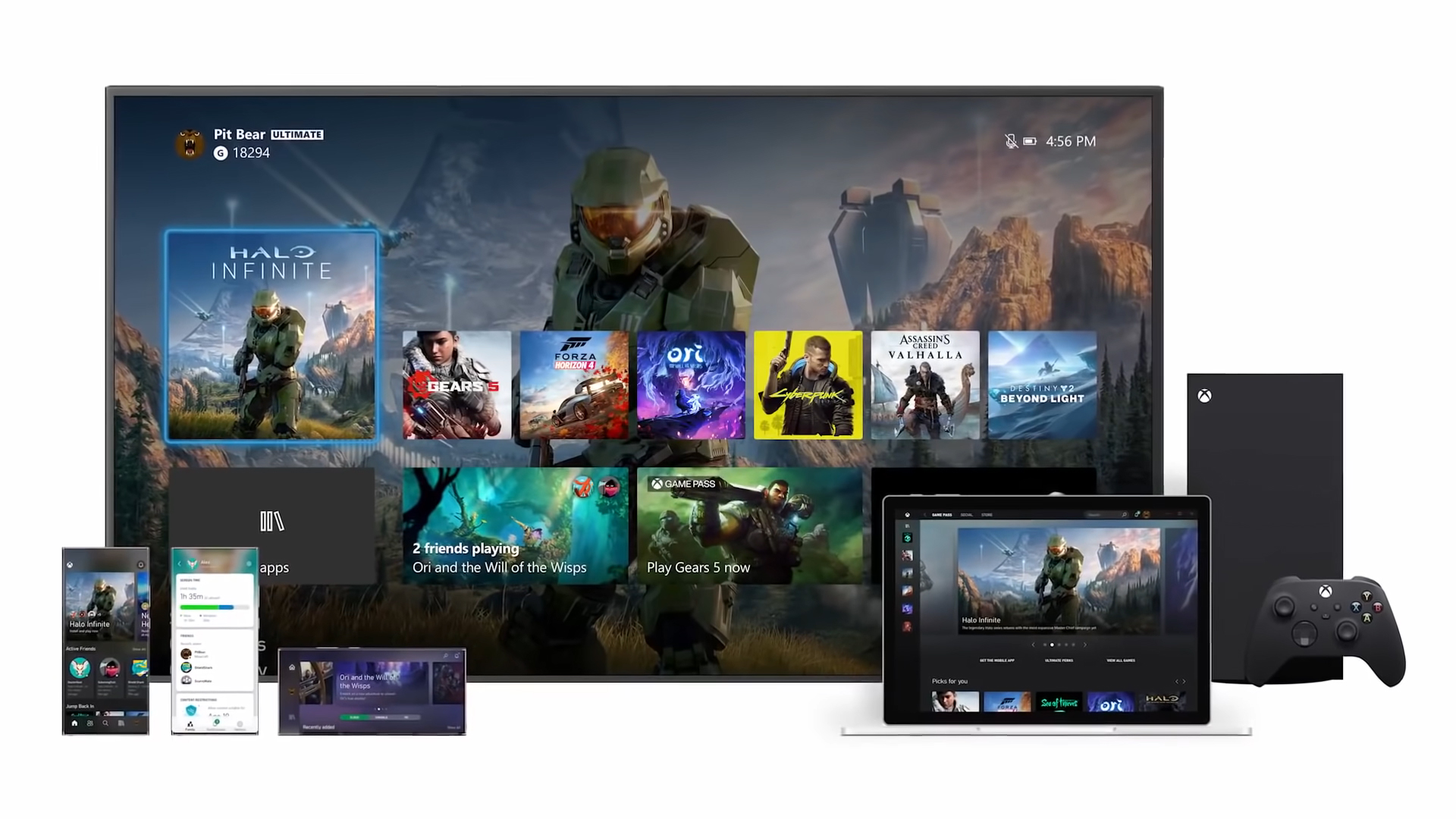
The Console War: Dawn of the Final Day
Now, if you’re here thinking, “come on Caden, just tell us who’s going to win,” while chugging a two liter bottle of Mountain Dew, pounding on your Doritos dust-encrusted mechanical keyboard, feverishly spamming semi-ironic memes at the unpaid intern that is working tirelessly to tweet wholesome messages advertising their companies’ upcoming hardware‒keep at it, you’re doing great. No, no, and especially no. The ‘console wars’ is the only two-worded term that could strike as much pain into my heart as “Dragon Quest XII is cancelled.” I am going to let you in on a little secret, I have lied to you exactly three times in this article, one of which was when I said I had no bias. Everyone is biased. I believe there will be exactly one winner on the battleground of the console war this generation: the gamer. Due to the separated dualities of the two rival manufacturers’ intentions this generation, we are entering an era of surprisingly consumer-friendly business. Game Pass is still the best deal in gaming, offering an absolute steal of a deal. PlayStation is funding loads of beautiful exclusives and slowly opening up to expanding their software to PC. And both are releasing their new games onto the hardware you already own for a while. Yes, PlayStation will definitely sell more units than any Xbox for the entire next decade, but that does not and will not matter to the unique missions of each. There’s no loser here, only a winner: you, the gamer, who hopefully doesn’t fit the description at the start of this section.

Comments